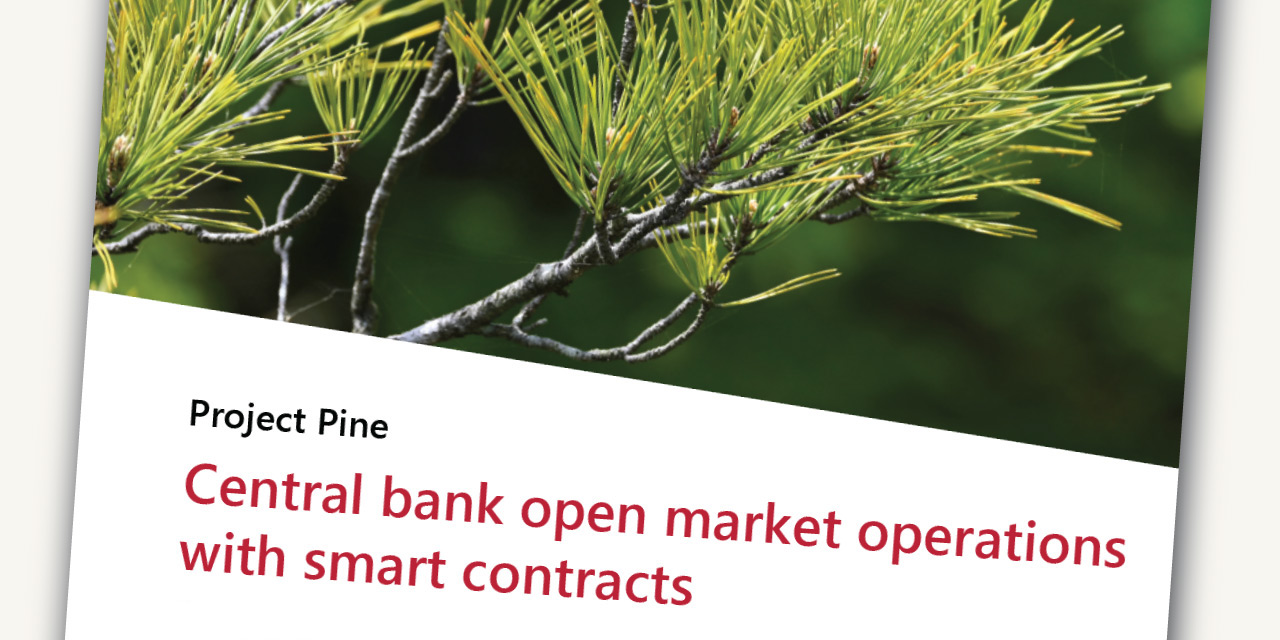Project Pine, a joint research study by the New York Innovation Center at the New York Fed and BIS Innovation Hub, found that central banks could customize and deploy policy implementation tools using programmable smart contracts in a potential future state where commercial banks and other private sector financial institutions have widely adopted tokenization for wholesale payments and securities settlement.
Over the last decade, experimentation with distributed ledger technology (DLT) has spread from early adopters and software start-ups to traditional commercial banks and financial market infrastructure.
Project Pine assumes a future state in which commercial banks and other private sector financial institutions have widely adopted tokenization for wholesale payments and securities settlement. In this state, central banks may need to use tokenization and smart contracts to fulfill their role of ensuring monetary and financial stability.
Project Pine generated the prototype of a generic monetary policy implementation tokenized toolkit. The prototype was designed to be technically modifiable for different central banks’ monetary policy frameworks and calibrated to conduct standard or emergency market operations.
The toolkit prototype was created in consultation with central banks' financial markets advisors from multiple jurisdictions who helped outline the project scope and specific design requirements. It is not particular to any currency or jurisdiction. It can fulfill a common set of central bank implementation requirements, including paying interest on reserves, open market operations, and collateral management.
The toolkit was tested against 10 hypothetical scenarios simulating normal market dynamics and stress events. Each scenario was designed using historical data inputs on past market events including interest rate tightening and easing cycles, quantitative easing and tightening cycles, and periods of strained market liquidity or broader disruptions in markets.
The prototype successfully responded and instantaneously carried out the intended operation under the varying market conditions and was consistent with the central bank’s desired liquidity environment.
Project Pine proved the technical viability of tokenization and smart contracts as a tool for central bank policy implementation in a future state in which tokenization has been widely adopted. It highlighted areas for further research and analysis related to interoperability and data standardization.











